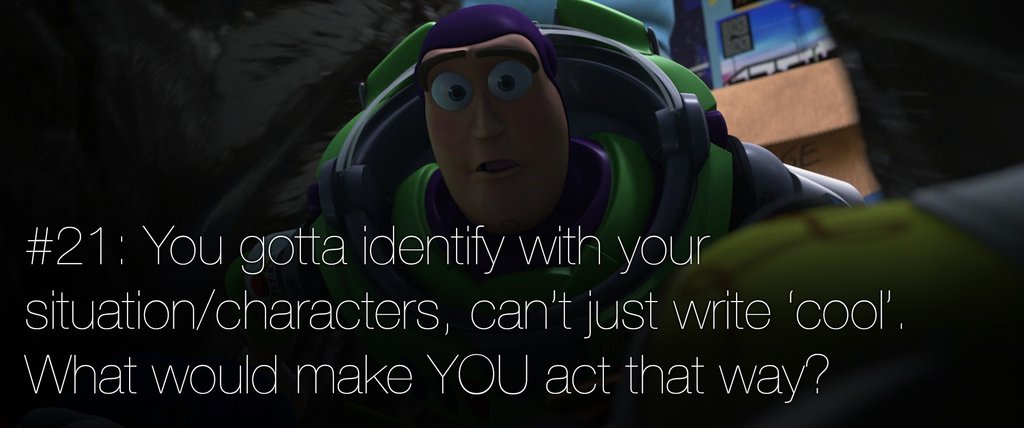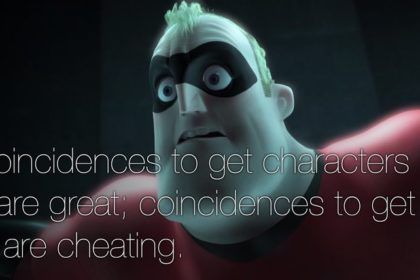
One of histories most influential entrepreneurs is a man who literally showed us that it’s possible to breath life into dead ideas. His story, told through a gripping biography written by Mary Shelley in 1818, woke the world up to the fact that it’s possible to animate even the most incredible innovations, to animate the dead. In doing so, he helped sparked the imaginations of millions of inventors who followed; men and women so inspired by the simple question, “why not?”
Alright, so Viktor Frankenstein wasn’t the tangible inspiration I’d like to claim; still, there are lessons to learn in asking yourself what it means to animate your idea. The most successful ventures are those that have life breathed into them. Ideas aren’t born, they develop. With the right inspiration, experience, passion, technology, and team (after all, who is Viktor without Igor (no matter that he wasn’t actually in the book)), Viktor Frankenstein succeeded where none before him could.
Of course, one of the greatest lessons to learn from Frankenstein is that innovation, alone, is usually doomed to fail. While you can animate an idea, you have to know what to do with it. Without its sister in Marketing, an idea popularized by Peter Drucker, author of Innovation and Entrepreneurship, innovations turn into unwieldy monsters that perish under their own disruption of a market. And so begs the question, while we often explore and ask the question of what drives innovation, what are the lessons to learn from animation?
Pixar’s 22 Rules… of Entrepreneurship(?)
In 2011, former Pixar story artist Emma Coats tweeted a series of story basics: guidelines that she learned from her more senior colleagues on how to create appealing stories. 2 years later, reddit user dinoignacio superimposed the 22 rules over stills from Pixar films creating an incredible visual that helps remind us that the better part of teaching is inspiration.
So inspired was I that I couldn’t help but apply, in my mind, Coats’ story basics to entrepreneurship, leading to 22 lessons for startups. In keeping with dinoignacio’s disclaimer, All Disney copyrights, trademarks, and logos are owned by The Walt Disney Company…
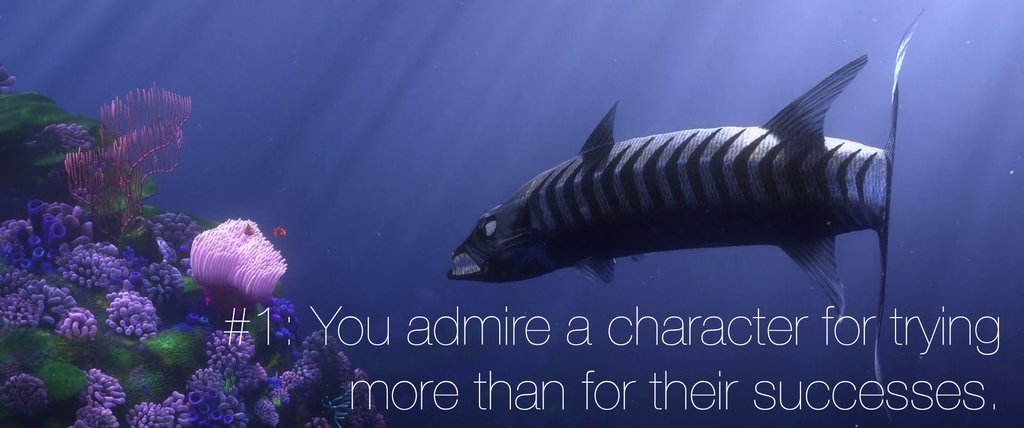
A wonderful piece about BMN Managing Director Eran Laniado on Venture Beat, Why you should ignore startup failure stats, proclaimed, “The experience of running a small business is a lesson that no university or seminar could ever teach. For some, the costs of running a ‘failed’ startup for a couple of years are actually a good investment – a kind of tuition that yields benefits later on.”
When Dave McClure famously told Fast Company last year that 500 Startups was trying to manufacture failure, Inc responded brilliantly, sharing the story of Kamran Elahian, a Silicon Valley entrepreneur, who emblazoned his Ferrari F355 with a license plate that read “Momenta.”
Momenta failed in bankruptcy in 1992.
“Getting used to that,” added McClure, “bouncing back from that, being able to figure out what people hate and turn that into what people love…if you’re not willing to take the risk of failing and not experience failure, you’re never going to figure out what the right path is to success.”
“Do or do not… there is no try.” If you think deeply about that quote for a moment, in the context of this, the first, Pixar story basic, you might reach the conclusion that there is really no such thing as trying. Entrepreneurs embrace this in appreciating that there is no such thing as failure; we simply do. As an investor of money or time, or an entrepreneur looking to hire, are you going to favor the individual who thrives on their successes or those who have learned what not to do?
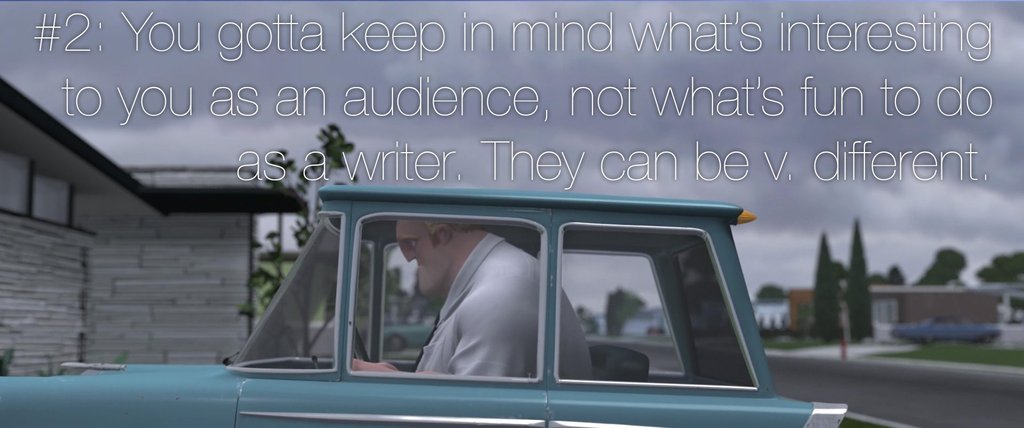
Ah yes. Marketing. “Whoa Paul… no no no. We don’t want marketing in our startup until our MVP is released.” “We can’t afford to spend any money on Marketing.” Sound familiar? Perhaps you’ve said something like that??
There is a reason this is very prominently featured as the 2nd story basic: You have to keep in mind what your audience thinks. You’ve heard shades of this advice, from validation to traction but consider that while you’re out trying to find those things, your competitors know that there is an entire practice dedicated to knowing what audiences think; and therein, experienced individuals, in your industry, who have the answers. Are you merely marketing to try and acquire customers or are you dedicating your business to listening to your audience?
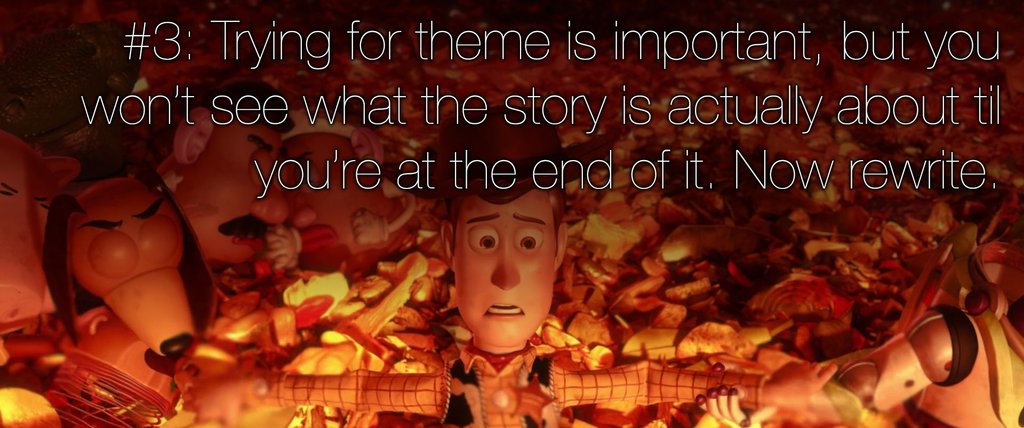
I’d actually consider this defensive advice. You know that reaction your advisor/investor/partner/customer/friend (pick your favorite) had when you last shared the vision and plan for your venture? You know the time, when they suggested that you weren’t on the right track, that what you are doing will never work.
You can’t know the story of your success until the end. So rest assured, no one else knows either. Keep at it; learn from your failures and keep rewriting the story until the magic happens. It’s the stories that shock and surprise us that capture our imagination. If your audience knew how to write such stories, there wouldn’t be a gap in the market needing a venture, a risk, like the one you are developing.
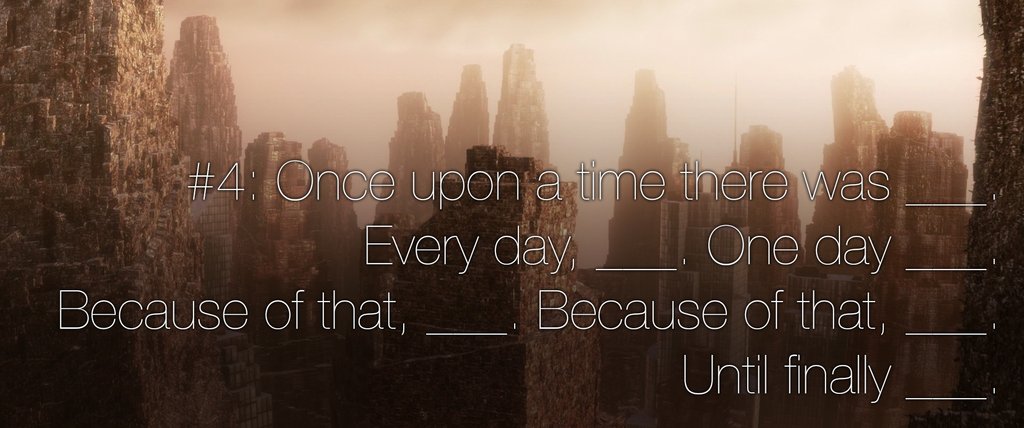
While you don’t know the story, that doesn’t mean you don’t have to tell it. This is the Once Upon a Time approach to an elevator pitch. Seriously, try it on for size.
Once upon a time there was a directory of everything on the internet. Well, almost everything. Every day, people used it in a futile attempt to discover all that the world wide web held. One day, two daring inventors decided there was a better way. Because of that, the search engine was born. Because of that, the world of advertising changed forever. Until finally, they launched blimps over Africa to bring internet service to the farthest corners of the world.

If I even need to go on about this one, you should be doing something else for a living.
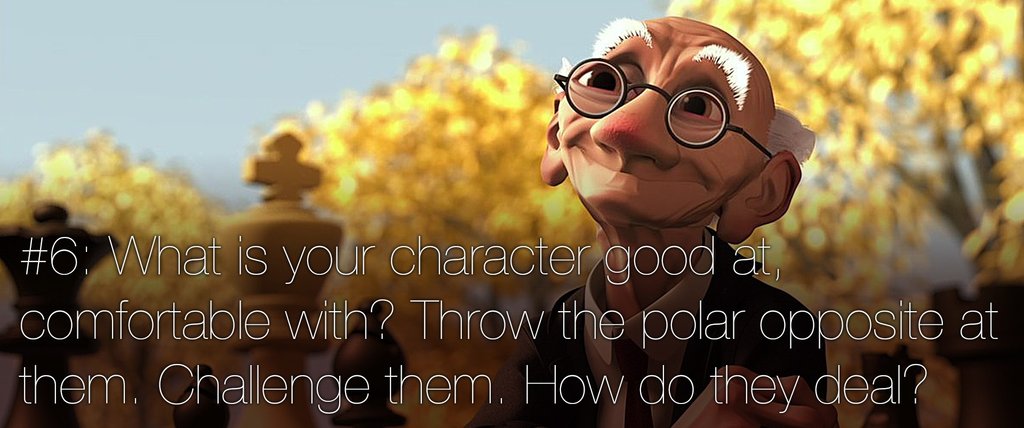
Test, question, and learn from everything. Never be satisfied. Validation is merely an answer; not the answer. By the way, this is called Marketing.
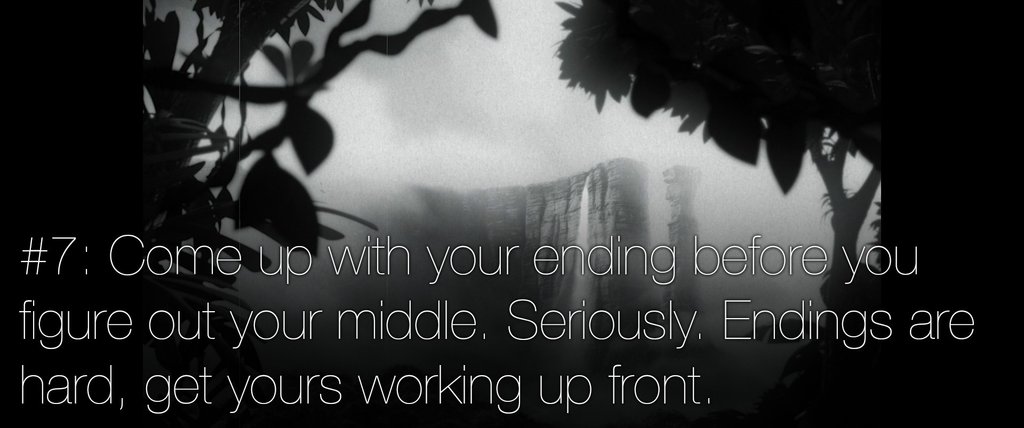
Why are you doing this? Here’s a hint… the answer isn’t to make money, or to sell out. Seriously, endings are hard, and such an ending is easy. When you’ve figured out the real ending to your story, only then can you figure out how to get there.
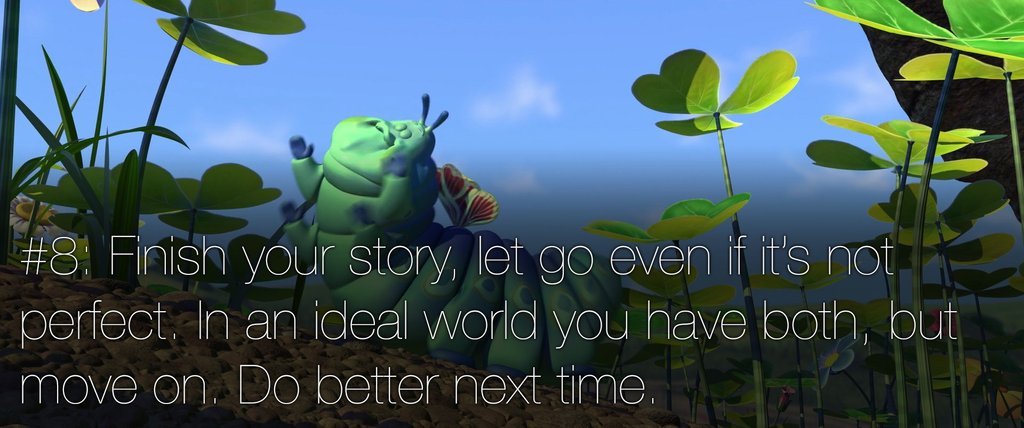
Think back to #1. Consider that there may be times when though a startup hasn’t yet finished it’s story, yours is complete. Finish your story.

It’s funny, you might say we learn more from failures than our successes. Huh, sounds familiar.
Sir Winston Churchill once said, “Success is the ability to go from one failure to another with no loss of enthusiasm.”
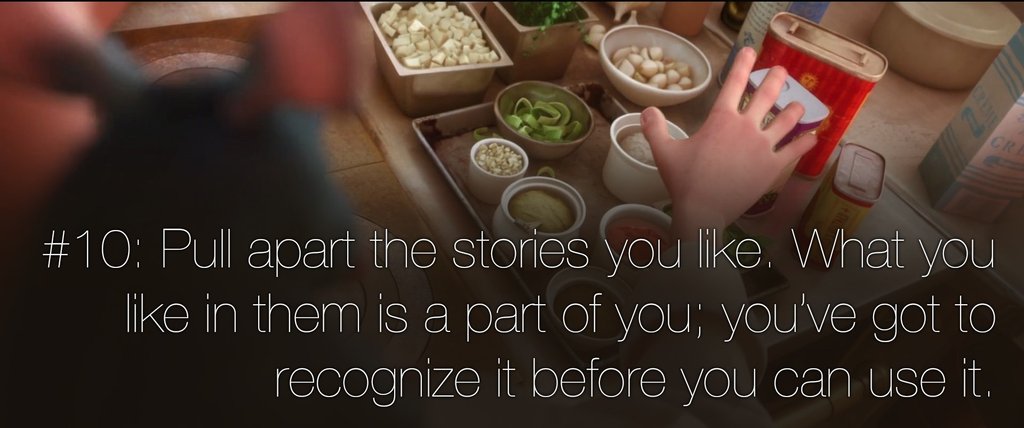
“If I had asked people what they wanted, they would have said faster horses.” – Henry Ford
Often, the most successful entrepreneurs need no validation. Your best ideas come from within you and those ideas, born of your experiences and passions, are more right than wrong. This is not to say that you shouldn’t be listening to your audience – but that doesn’t mean they are right.
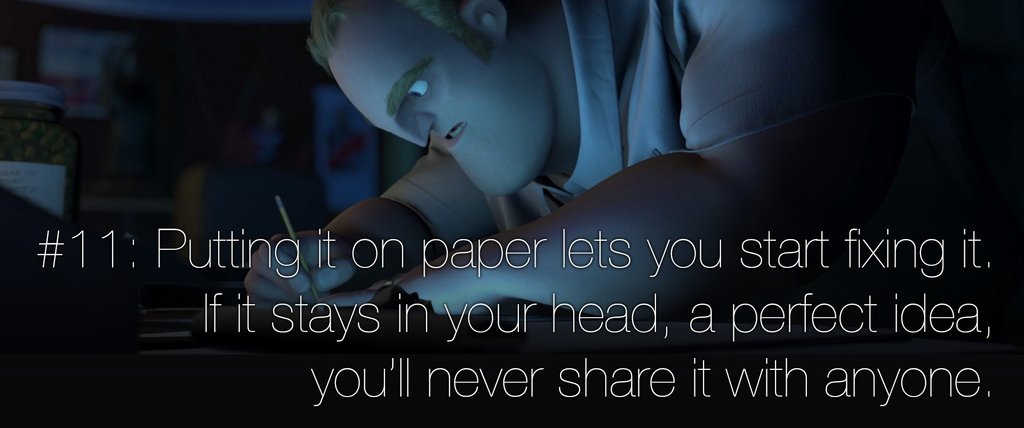
This has to be one of my favorites because I’ve experienced the entrepreneurial communities at both ends of an extreme. At one end, the community that thinks ideas need to be protected, secured, and commercialized. At the other end, the community that knows that only execution matters; that no idea is new. In software in particular, the idea of intellectual property, an idea that needs to be protected behind an NDA, keeping it in your head is as good as paper on which it’s printed.
Get to work and start sharing it.
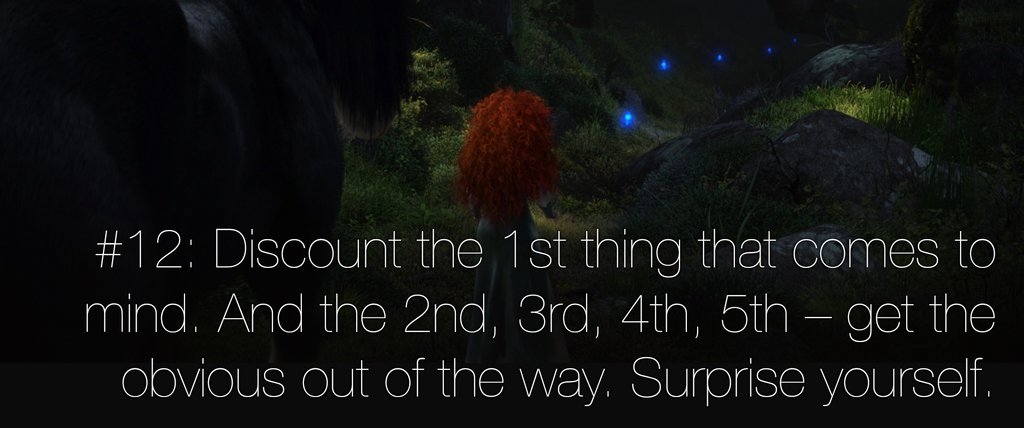
Perhaps the toughest so far? Think of your venture from this perspective, odds are someone else has already thought of your first idea. If Drucker was right, that in business, only innovation and marketing matter, you’d better start surprising yourself.
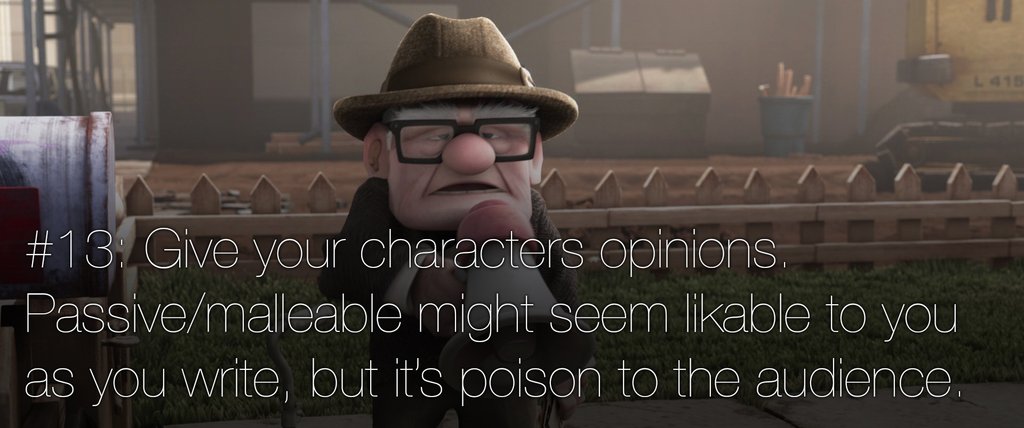
Culture trumps strategy, every time. Give your startup opinions and don’t keep it so malleable that its personality is passive.

What’s the opposite of a passive startup? A passive entrepreneur?
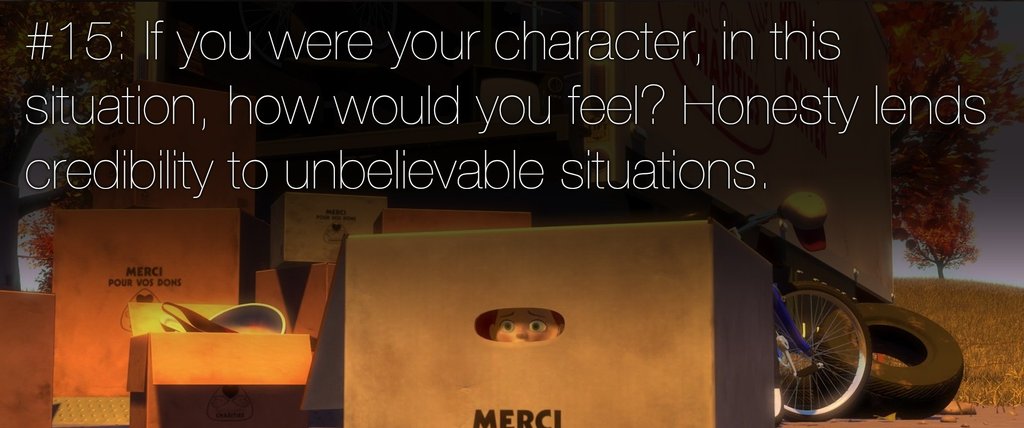
Mark Suster, General Partner of Upfront Ventures, just wrapped up a great piece about CEO transparency. The gist of the article? Honesty lends credibility in unbelievable situations.
“I do believe in being open and direct. I believe in giving people a general sense of the business performance and the challenges the company is facing.”
But keep in mind, in entrepreneurship, there is no book, there is no right answer. Suster wraps by also reminding us “it’s your job to appropriately shield them [employees]from the dangers they may face.”

The better part of that honesty is what it does to develop a team. One more thought from Suster’s post, “Now you’ve got to convince your peer group to quit their respectable jobs and career arcs and join you. You’ve got to convince your buddies to part with their hard-earned savings to back you as angels.”
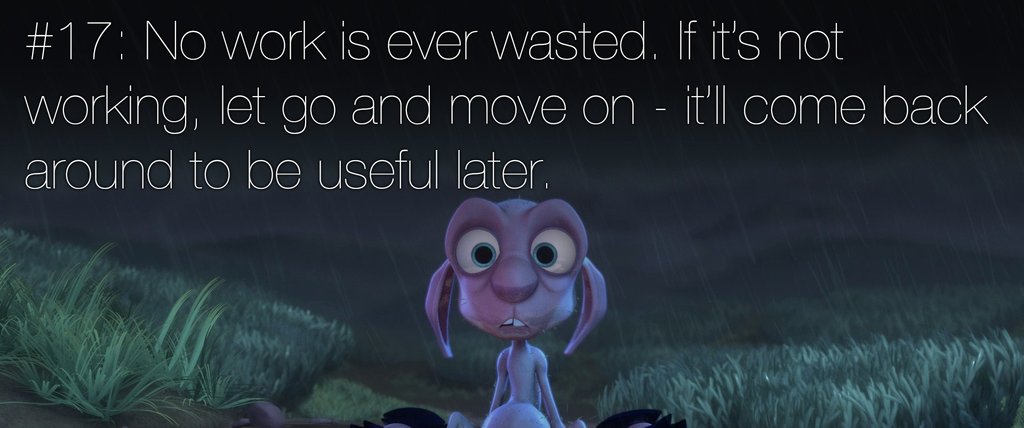
Since we’ve talked about the value of failure, learning from ones past, and moving on, let’s take a different tack with this one. There’s a bit of conventional wisdom from Silicon Valley that you always hire the best and you never let them go. The venture community, there, knows this. If you have the opportunity to bring on the best data architect, the brightest marketer, the most prolific sales executive in your industry, but you need a little bit more capital to get that person, odds are, the check will get cut.
No work is ever wasted, but time and money spent on work better accomplished by the best? This advice is solid, reminding you to move on rather than dwell on something that isn’t working. Never forget that your time spent on anything is an expense and that time spent poorly on something at which someone else can excel, well, now you’re just setting yourself up for failure.

Whoa. It’s as though I knew which Pixar story basic was coming up next. Know yourself.
But take an extra minute with that second point… are you refining your venture or are you constantly questioning and testing EVERYTHING? Scroll back up to #6. If you’ve validated your market and are now refining, optimizing, and steadily growing, at the earliest of stages, you’re probably wrong.
Corporations refine. Startups innovate.
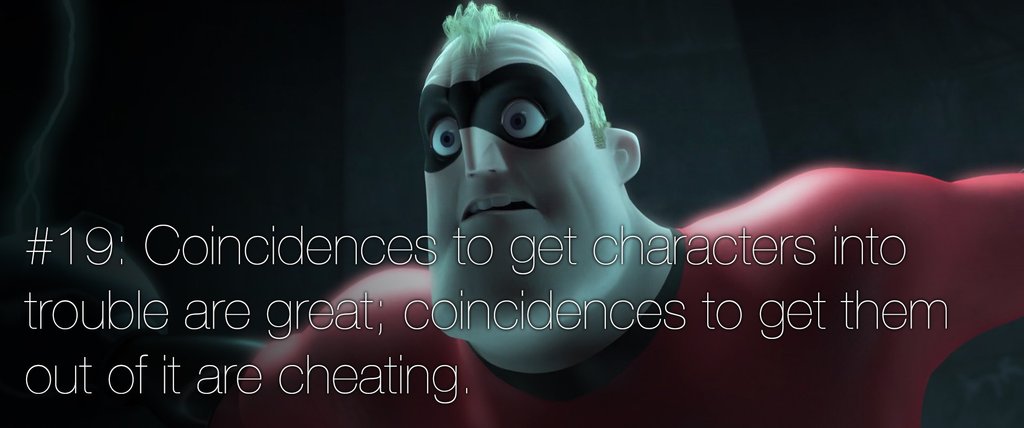
Damn. Coats had to make that second point. This is the first time I’m stretching for an analog to entrepreneurship (if you have a good idea, throw it in the comments). Here’s the thing, coincidences are gold. An old friend knows the President of a Fortune 100 company that would make a great partner? Three competitors in town are doing something similar? Your buddy just failed at his venture and happens to have the skillset you need.
Cheating? I don’t know about that. Every coincidence, even the ones that seem threatening, works in your favor.

It’s hard for most of Western civilization to appreciate but did you know that the reason knockoffs are so rampant in manufacturing moved overseas to China is that copying, in China, is the sincerest form of flattery? Think about it. Why on earth should anyone WASTE the energy and resources that have to go into creating enough of a variation of something just so you can make it better?
Copying is so prevalent in entrepreneurship that there was a book written about it, there are industries in which it’s encouraged, and there was even a startup funded to do just that.
As Manny Medina shared via Pandodaily, “Any good company needs competitors. As the former and beloved Coca-Cola Company CEO Roberto Goizueta was fond of saying: ‘If Pepsi did not exist Coke would have invented it.’ Competitors validate your startup’s efforts.”
How on earth did I make the leap from exercise to copying?? I assure you, regardless of your idea, someone before you has brought it to market. Your job is to learn from it, rearrange the pieces, and rebuild it with the passion and experience with which only you can breath new life.
I’m going to give you a little advice. There’s a force in the universe that makes things happen. And all you have to do is get in touch with it, stop thinking, let things happen, and be the ball.
You have to identify with your startup. If not evident from the other story basics, success comes from honesty, culture, and passion. Be the ball.
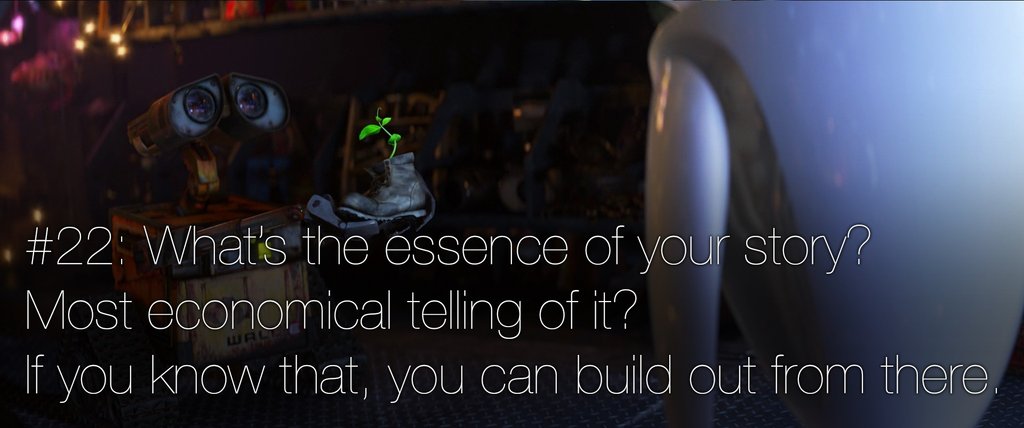
And lastly, perhaps the most valuable piece of advice as it so eloquently captures that which preceded it. I love the word essence as it captures both the idea of simplicity AND passion. You have 30 seconds to convince me that your hair brained venture is worth my attention. Start and end with it’s essence.
It’s a shame we can’t all be Viktor Frankenstein. Hold on, back up. I’m not sure where I’m going with that thought and I we’ve taken the metaphor of animating the dead for entrepreneurship far enough.
Here’s the bottom line, a twist because hey, this was as much about a good story as it was animation. Every good story needs a twist. The most successful ventures in our era of technology are two parts creative and one part tech. I know, I know, everyone wants to bet on, to invest in, the innovative technology. But one of the reasons so many are leaving Silicon Valley for places like Austin is the blend of creative and tech communities that our economy so desperately needs to bring about more innovation. Technology without creativity is merely refinement. Imagine how far Frankenstein would have gone has he not had the creativity to harness lightening, and if Shelley hadn’t had the story to tell.

